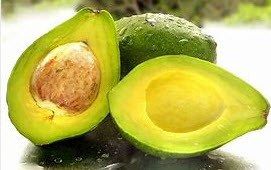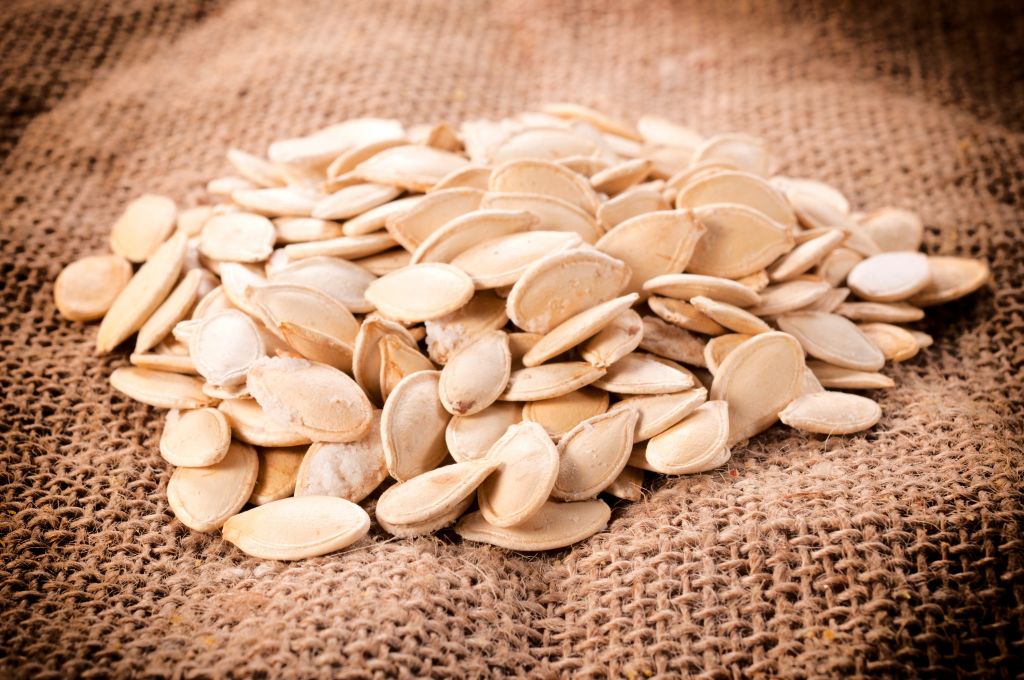Nutrition and unhealthy eating

Nutrition has many formal definitions, but the crux of them all is that nutrition is related to the intake of food for our body’s dietary requirements; it is the analysis of the food at work in our bodies. Since food is regarded as the sole source of energy and nourishment for the human body, it is extremely important to make sure that the nutrition we get is the right kind.
Nutrition can be considered in many different contexts.
For instance, in hospitals, nutrition is regarded as the food requirements of the patient for him or her to recuperate.
As a science, it is defined as the study of how food acts in our body, how the body breaks up food we have consumed and how the food ultimately helps in repairing our body by creating new cells and tissues.
Nutrition is important for every facet of life: from the initial stage, where the human being has not even been born yet, to the birth and eventually old age, nutrition plays a pivotal role in a variety of biological processes.
It is a universal notion that nutrition is very important for the human body, but most people never really contemplate why this is so.
Some reasons as to why nutrition is so essential for us are as follows:
Poor nutrition and its detrimental effect on the body
A person who does not follow a diet that entails the proper nutrition required by their body may suffer detrimental impacts to their health.
Unhealthy eating habits, such as consuming foods that contain a high amount of trans fat, refined sugar, sodium or oil, can wreak havoc on the human body.
The effect of a poor nutritional diet takes its time to present itself fully, with its arsenal of side effects, in the body.
There are many grim statistics that support this claim. According to the World Health Organization, in 2011. around 43 million people under the age of five were overweight.
Even now, the leading cause of death in the United States is heart attacks, cancer and strokes, all caused primarily by inactivity and poor diets.
Poor nutrition and a low quality of life
Maintaining a poor diet pattern that causes the body to miss the ample nutrients it requires can negatively affect an individual's quality of life.
ln the worst cases, it can also lead to disabilities and chronic ailments like diabetes, osteoporosis and heart attack.
Poor nutrition and low productivity
Poor nutrition greatly diminishes the productivity of the human body.
Studies have shown that a bad diet is linked to:
- Faster ageing and higher likelihood of early illnesses
- Irritability
- Lowered energy levels
- Slower thinking abilities
- Drowsiness and tiredness
- Reduced mental sharpness
Benefits of good nutrition for the human body
Healthy nutritional habits can lead to:
Higher longevity and delayed ageing, particularly through foods like nuts, fruit and vegetables
Stress management
Increased energy and vitality
4 Strengthened immune system, helping to ward off many diseases
Much less fatigue
Increased mental sharpness
This is just the tip of the iceberg when it comes to the advantages of a good nutritional diet.
The road to good nutritional habits is paved with moderation, balance and variety.
The human body needs a daily intake of the right amount of carbohydrates, protein and fats.
These are the three main elements of nutrition; hence, this is what striking a balance entails. One should make sure that their diet comprises these three components, in substantial amounts, or end up suffering from problems related to deficiency.
Additionally, the human body requires certain vitamins, minerals and other important nutrients for the wear and tear it goes through. There is no single food that a person can consume for their body to be replenished by these vitamins and minerals; neither is there a food group that does the trick alone.
For instance, a very important vitamin known as vitamin K1 is found in green vegetables like spinach and kale, and its subgroup vitamin K2 is generally found in meat, eggs and dairy products. Hence, you can see that no single food item contains all the necessary vitamins and minerals that the body requires. This dictates that a person should incorporate a variety of foods in their diet.
Moderation is the last and yet the most important component of nutrition. The concept of moderation is self-explanatory, and not following this can have dire consequences for the human body. Moderation refers to taking in an appropriate and balanced amount of a certain item, in this case food.
Consuming too little of certain foods can lead to grave deficiencies or illnesses in the body or, in worst cases, result in malnutrition. On the other hand, consuming too much of a food item can cause obesity or excess weight, as well as serious deficiencies of important nutrients.
Having a poor diet can make a person prone to a myriad of common ailments and allergies that will take a long time to wane, leaving the person ravaged, weak and enfeebled.
This translates into spiralling healthcare costs in terms of frequent doctor visits, check-ups, medicines and consultations. In fact, according to the Deloitte Centre for Health Solutions, in the United States alone, the national health care expenditure has been steadily rising.
Not only that, but it is also forecasted to rise to a staggering $5 trillion in the year 2020. These are, in part, due to the increasing cases of obesity in the developed world and malnourishment in the developing or undeveloped nations of the world, it is, without doubt, a fact that proper and balanced nutrition is of the utmost importance for our well-being.
124 Million children and adolescents are obese – a tenfold increase in the last four decades.

Food is indisputably essential for a person's sustenance and well-being, Since we cannot go on living without it. it becomes fitting that we should improve our knowledge about the fundamentals of nutrition.
This is especially important in terms of the revolutionary innovation of nutritional science. A wealth of research has been conducted on how humans should improve their nutrition and through which means it should be done.
Research has demonstrated that bioactive dietary components, which are those food elements that influence organisms, can help the human body in more ways than simply providing basic nourishment.
Possessing the basic core knowledge of nutrition can help a person to know exactly which foods will help ward off illnesses and which foods, if consumed regularly, will prevent them from developing any chronic illnesses.
Modern scientists have made immense progress in studying nutrition. They understand how to identify a person's dietary needs and what foods would suit them better. They are also able to determine the health effects of a certain diet, while keeping in mind the genetic predisposition of the person.
The purpose of this section is to equip non-professionals with the deeper knowledge, technical knowhow and comprehensive understanding of nutrition beyond what people may have read online.
After going through this section, you can expect to possess more concrete information about the right kind of nutrition and what may be appropriate for you, though not as much as a certified nutritionist. This section is a brief overview of the various fundamentals of nutrition and dietary needs, particularly of the Paleolithic (Paleo) diet.
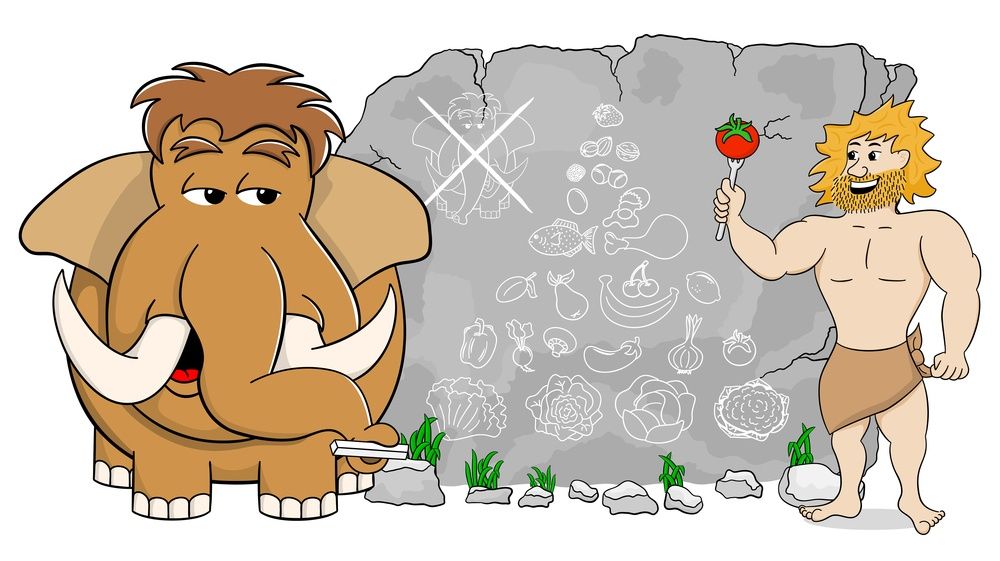
Once man discovered farming and formed societies and communities to settle down, farmed grains, bread and corn comprised a greater proportion of their diet. Even though our diets modified with time, our genetic makeup did not; consequently, our body was not able to adapt to the nutrients we consume now.
The Paleo diet hails from this background and attempts to introduce a diet plan that focuses on everyday modern food that imitates the food consumed in the pre-agriculture revolution era and that was the diet of our hunter-gatherer ancestors.
This diet aims to emulate the various eating traits of our ancestors by taking us back to the basics and encouraging us to consume the food we were biologically designed to eat.
The Paleo diet aims to introduce food that is available in its most natural form, without even a hint of artificiality in a person's diet. This means that grains are not a part of this diet. The reasoning for this is that grains contain carbohydrates, and these are converted into large amounts of glucose. Glucose that is not used up by the body is stored as fat.
Additionally, many grains contain gluten and lectins. Gluten is a protein that is mainly found in rye, wheat and barley. Gluten sensitivity in people is on the rise, along with the proliferation of gluten-free products. Gluten causes celiac disease, an autoimmune condition that is increasingly affecting the world's population, creating brain disorders and bowel related illnesses.
Lectins are also proteins, which, although useful for the body because they provide protection against pathogens and monitor protein levels in the body, can sometimes be harmful. Lectins found in wheat cause autoimmune diseases and damage the gastrointestinal tract.
The Paleo diet eradicates grains, processed foods and sugar from a person's diet. Numerous studies have shown that eliminating these ingredients from the diet can lead to a dramatic change in our lifestyle, by reducing the likelihood of disease.
Firstly, what are the differences between diet and nutrition?
We will begin by looking solely at the fundamentals of nutrition to understand the differences between various types of diets and why we feel they should work for us.
Since these terms will be used extensively throughout this text, it is better to clear up any confusion about the two from the start.
Diet: Diet is the composition of all that a living entity consumes. A diet comprises different food components, such as fruit, nuts, vegetables, grains and fish, and is affected by external stimuli, such as:
Religious and / or cultural dietary options: an example of the role of religion in dieting is the consumption of kosher foods or halal items. People following these religious guidelines may employ a specific diet.
Personal preferences: some people abstain from certain food by choice of beliefs or simply because they may not like them.
Such diets are comprised primarily of vegetables or meat. An example would be vegetarian or vegan diets.
Geographical location: these greatly shape what a person consumes daily, as some locations may have one food in abundance and scarcity of another.
Food availability: whatever food is readily available is more likely to be eaten more often by people. Unless for specific reasons, it is unlikely that someone will go out of their way to eat food that is difficult to obtain.
Nutrition: as per the section, nutrition is the process through which a person assimilates food and how that food is further used by the body for growth, provision of nutrients where required, and for the genera! maintenance of the body.
Therefore, diet and nutrition are on the same side of the coin when talking about a healthy eating lifestyle.
The prime way of getting good nutrition is through a suitable diet.
Now turning to the fundamentals of nutrition: if a person knows these, then they will no longer be baffled by dynamic dietary needs. These basic concepts are at the root of the evolving scientific research regarding nutrition.
The first thing a health-conscious person should know about is the variety of food groups that make up a balanced diet, in order to plan a suitable diet.
Water: about 70% of the human body is composed of water and it is vital for every bodily function. Among the main ones are helping to maintain the body temperature at normal level, lubricating and protecting the joints, cushioning sensitive tissues and the spinal cord, and ridding the body of toxic waste by flushing it out via sweating, urination and bowel movements.
To get the required water intake, one needs to drink decontaminated water and consume foods that have high water content (85-95%), such as watermelons, soups, celery, oranges and tomatoes.
Fats or dietary fat: some fats are good for the body, while others are not. Trans fat and cholesterol are harmful fats which are caused by hydrogenation in the body which turns healthy oils into solids in the human body.
Polyunsaturated and monounsaturated fats are beneficial whereas saturated fats are the in-between fats that can be found in red meat, whole milk and coconut oil. These can be beneficial based on how you make use of them.
The natural sources of the two beneficial types of fats are given below:
- Polyunsaturated Fats
- Monounsaturated Fats
Polyunsaturated fats are a type of healthy fat that includes omega-3 and omega-6 fatty acids, which are essential for brain function. You must obtain them from food, as your body cannot make them.
Dietary fats are a blend of saturated, monounsaturated and polyunsaturated fatty acids in different proportions.
For example, most of the fat in butter is saturated, but it also contains some mono- and polyunsaturated fats.
That said, some foods provide a higher percentage of omega-3 and omega-6 polyunsaturated fats than others. Here are some foods high in these essential fatty acids.
Omega-3 Fatty Acids
You can find omega-3s in pine nuts, walnuts, flax and sunflower seeds — but these give a less active form of the fat than fish do.
Fatty fish, such as salmon, boast the most omega-3s, whereas fish with a lower fat content, such as trout and bass, harbor lower levels.

Plant foods like walnuts, vegetables, Brazil nuts and sunflower seeds.
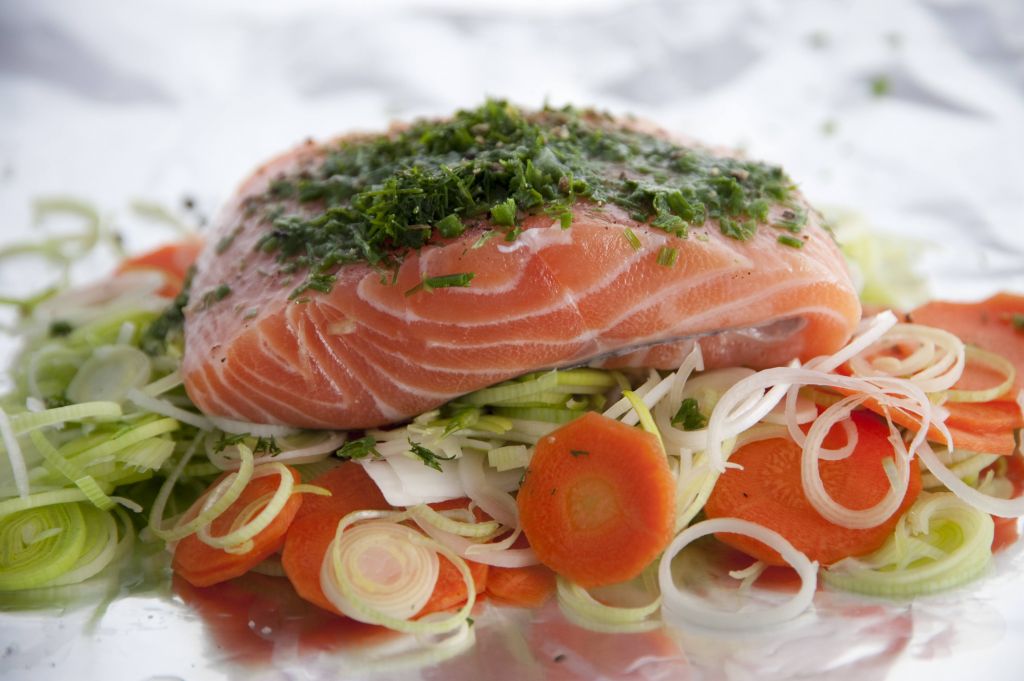
Certain fish, like krill, salmon, tuna and sardines
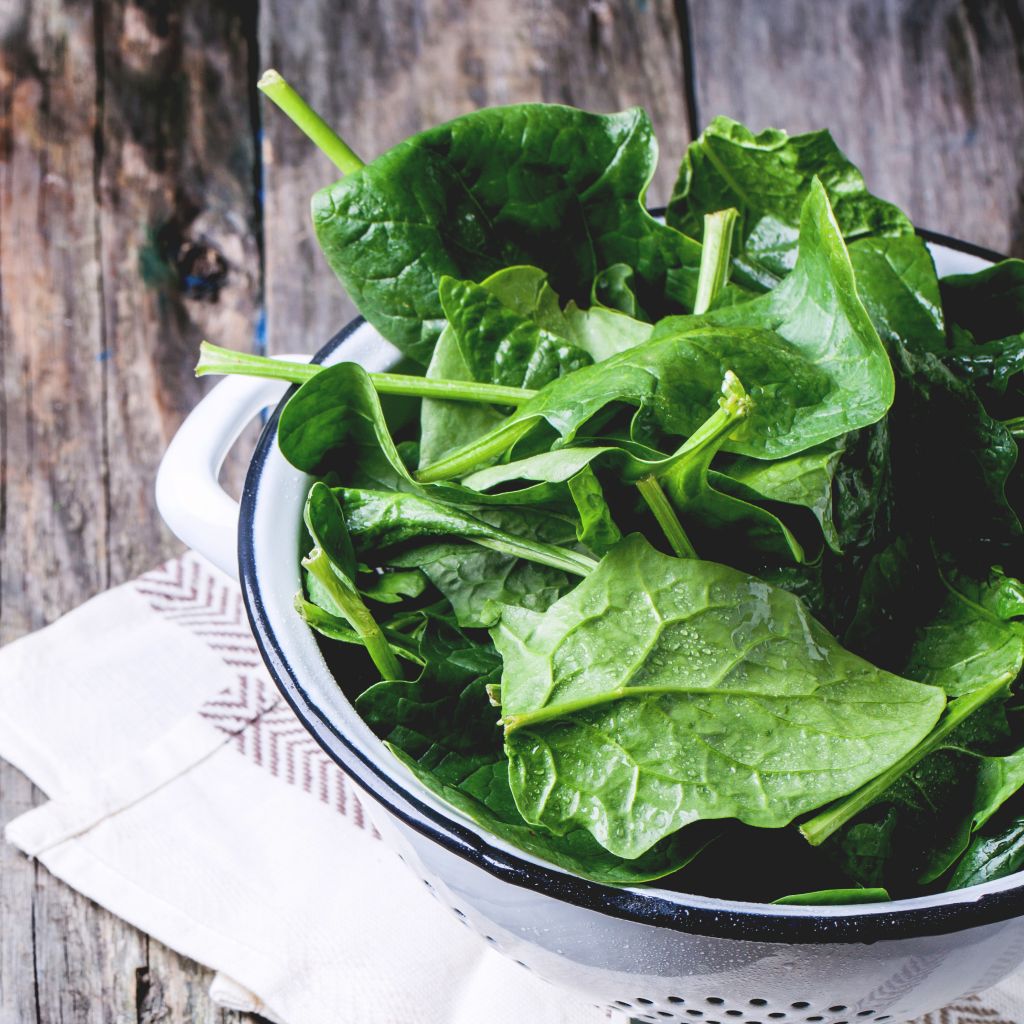
Leafy greens
Most people worldwide are actually eating less than enough fats. These substances are the essential fatty acids that include fat-soluble vitamins and are found in abundance in flax seed, sesame, olive, walnut and grape seed oils.
These fatty acids are good for the body and people benefit more from preparing food in these oils, while steering clear of hydrogenated fats such as fried foods, crisps, confectioneries and cream. People must take great care to consume less than 10% of their calories from saturated fats daily, for a large amount of these harmful fats can contribute to obesity, heart disease, strokes and various other diseases.
Carbohydrates: these help in making glucose for the body, providing the energy for every bodily function. Foods rich in carbohydrates are fruit, breads, cereals, grains, and brown rice. However, people should avoid eating too many foods that are rich in complex carbohydrates, because they can contribute to obesity. Such foods include potatoes, pastas, cookies, white bread and other bakery items.
Proteins: these are found in every cell, tissue and organ. They are made up of amino acids, the building blocks that combine to form protein. The most important type of proteins we require are those that are rich in the 20 different natural amino acids. Some high-quality protein items include rice, meat, fish, milk, eggs and poultry.
However, it is not recommended to consume only one of these protein sources and assume that they are enough alone; some food items contain only a few amino acids and no particular food contains all of the essential twenty. Again, this emphasizes the importance of the variety of foods in a healthy diet.
Vitamins and minerals: these are the essential nutrients that a body needs for growth and proper development. Vitamins are organic substances made by organisms like plants and animals, while minerals are inorganic substances that are available in the water, soil and earth, and are therefore absorbed by plants. There are many different vitamins and minerals that the human body needs for proper development and good health.
Vitamins are of two categories: fat-soluble vitamins and water-soluble vitamins. The former is reserved in the body by the fat tissues and liver for future use.
This includes the vitamins A, K. D and E. However, the latter needs to be incorporated into our diet frequently, like vitamin C and all B vitamins. A deficiency of any of these vitamins can have detrimental effects on the human body.
For example, a lack of vitamin D causes calcium deficiency and can lead to joint pains, arthritis and rickets in infants, while a lack of vitamin A causes night-blindness and a lack of vitamin C can cause megaloblastic anaemia.
Since diet and nutrition are interrelated and always discussed in conjunction, one should focus intensely on making sure that they follow a diet plan that is tailor made for their personal needs and body requirements.
There are loads of diet plans out there and all promise dramatic weight loss, endless energy and a praiseworthy body. The Paleo diet is a revolutionary diet that recognizes the fact that people in ancient times used to be extremely agile, athletic and fit, and that this was because they hunted and gathered the food they ate; as a result, their bodies became adapted to that lifestyle and nutrition.
Benefits of the Mediterranean diet
Research has shown that the traditional Mediterranean diet reduces the risk of heart disease. The diet has been associated with a lower level of oxidized low-density lipoprotein (LDL) cholesterol — the "bad" cholesterol that's more likely to build up deposits in your arteries.
In fact, a meta-analysis of more than 1.5 million healthy adults demonstrated that following a Mediterranean diet was associated with a reduced risk of cardiovascular mortality as well as overall mortality.
The Mediterranean diet is also associated with a reduced incidence of cancer, and Parkinson's and Alzheimer's diseases. Women who eat a Mediterranean diet supplemented with extra-virgin olive oil and mixed nuts may have a reduced risk of breast cancer.
For these reasons, most if not all major scientific organizations encourage healthy adults to adapt a style of eating like that of the Mediterranean diet for prevention of major chronic diseases.
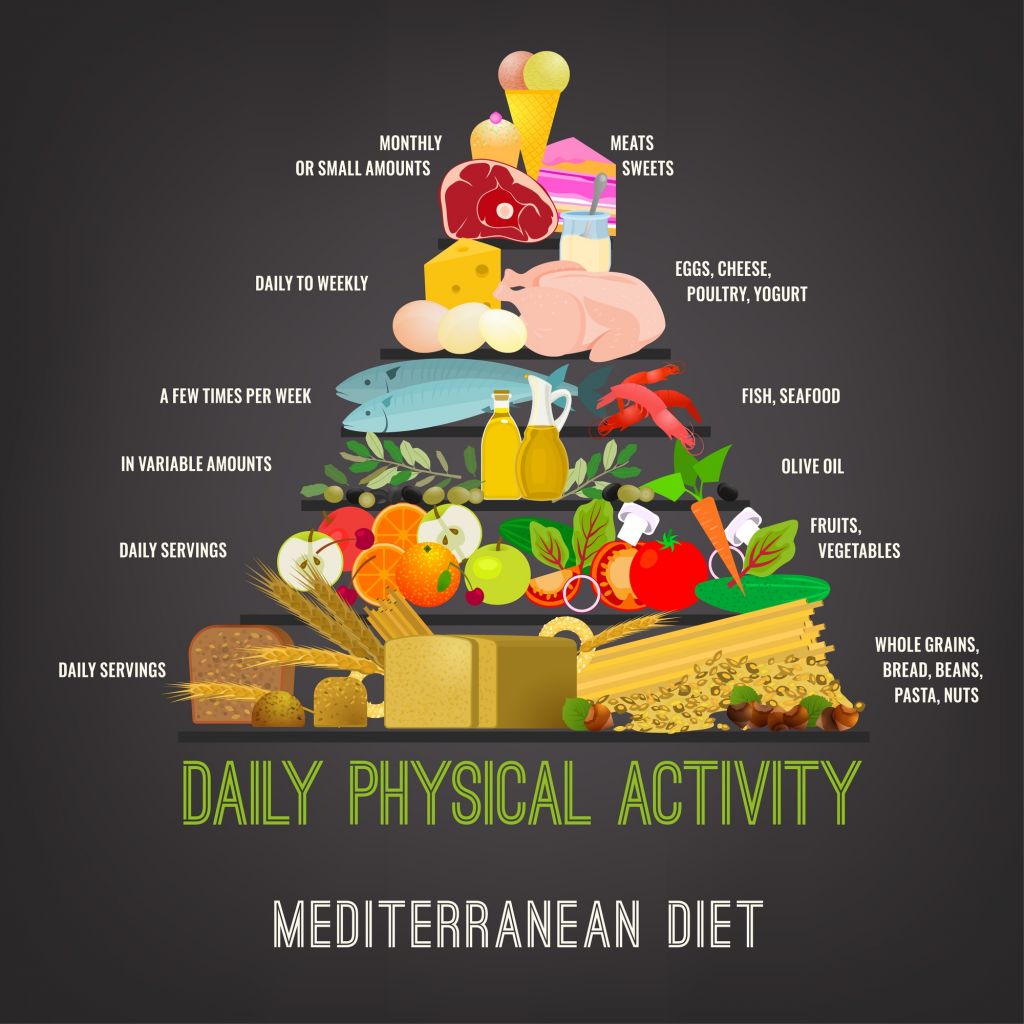
Key components of the Mediterranean diet
The Mediterranean diet emphasizes:
- Eating primarily plant-based foods, such as fruits and vegetables, whole grains, legumes and nuts
- Replacing butter with healthy fats such as olive oil and canola oil
- Using herbs and spices instead of salt to flavor foods
- Limiting red meat to no more than a few times a month
- Eating fish and poultry at least twice a week
- Enjoying meals with family and friends
- Drinking red wine in moderation (optional)
- Getting plenty of exercise
Fruits, vegetables, nuts and grain
The Mediterranean diet traditionally includes fruits, vegetables, pasta and rice. For example, residents of Greece eat very little red meat and average nine servings a day of antioxidant-rich fruits and vegetables.
Grains in the Mediterranean region are typically whole grain and usually contain very few unhealthy trans fats, and bread is an important part of the diet there. However, throughout the Mediterranean region, bread is eaten plain or dipped in olive oil — not eaten with butter or margarines, which contain saturated or trans fats.
Nuts are another part of a healthy Mediterranean diet. Nuts are high in fat (approximately 80 percent of their calories come from fat), but most of the fat is not saturated.
Because nuts are high in calories, they should not be eaten in large amounts — generally no more than a handful a day. Avoid candied or honey-roasted and heavily salted nuts.
What is the ketogenic diet?
The ketogenic, or keto, diet has been used by medical professionals to treat seizures for nearly a century. In recent years, it has also become popular among people trying to lose weight and build muscle. It involves mostly eliminating carbohydrates, cutting back on protein and eating plenty of fats.
Followers are advised to draw about 80% of their calories from fats and the rest from protein, with minimal carbohydrate consumption — which means eating plenty of meats, dairy products, butter, eggs, nuts, seeds and oils, and avoiding grains and carb-heavy fruits and vegetables.
That’s a stark departure from the U.S. Dietary Guidelines for Americans, which say between 45 and 65% of daily calories should come from carbohydrates.
Why follow the ketogenic diet?
The diet is meant to push the body into a state of ketosis, or burning fat for energy.
Carbohydrates are the body’s primary fuel source, so without them, it must find other sources of energy. In this case, that’s ketones, or energy-carrying molecules found in fats. Proponents say a state of ketosis helps the body function more efficiently and spurs weight loss.
While keto is extreme, plenty of research has backed low-carb diets of varying intensities for weight loss. Several studies — though not all — have found that they are more effective than low-fat plans for dropping pounds.
Is keto healthy?
The jury is out. Plenty of research and anecdotal evidence shows that keto can lead to short-term weight loss, and potentially help prevent or reverse obesity, type 2 diabetes and fatty liver disease. But experts aren’t exactly sure how ketosis affects the body over time, and some doctors caution that such severe restriction can be unsustainable.
“Ketogenic and other very-low-carbohydrate diets can be quite challenging to follow over the long term, and the possibility of adverse effects has not been ruled out,” Dr. David Ludwig, a professor of nutrition at the Harvard T.H. Chan School of Public Health, said that “Usually, such severe restriction isn’t necessary.”
Indeed, while experts recommend cutting back on refined carbohydrates, such as white bread and snack foods, some carbohydrates are perfectly healthy.
Foods such as fruits, sweet potatoes and whole grains are carb-heavy but also nutrient- and fiber-rich, and have been linked with health benefits ranging from lower rates of chronic disease to longer lifespans.
Types of Nutrition
There are many types of nutrition for all kinds of organisms. These are broadly categorized into two main types:
Autotrophic nutrition: autotrophic organisms make their own food through a familiar process known as photosynthesis.
They are typically green plants that synthesize organic elements from inorganic ones. These plants produce sugar and starch from carbon dioxide and water with the help of sunlight, which they use as a source of energy.
Heterotrophic nutrition: heterotrophic organisms derive their energy from the intake and consumption of other organic substances.
Common examples include herbivores like cattle, sparrows and goats that consume plants for their nutrition; carnivores like vultures, lions, tigers and sharks that eat other animals' flesh".
Omnivores like humans, who can consume both other animals and plants for their daily intake of nutrition. These organisms may incorporate the following nutritional practices in their lives.
Holozoic nutrition: this is a type of heterotrophic nutrition in which animals and other organisms consume energy-enriched organic substances through their guts. The food is ingested, digested and then synthesized.
To put it simply, holozoicnutrition is the process in which complex organisms are broken into simpler substances that can then be used by the body. An example of this is the way our body assimilates proteins into amino acids.
The method by this process occurs is called "phagocytosis", in which living species surround and ingest other cells or food substances. Usually, human beings and unicellular organisms like amoebae employ this type of nutrition.
Saprophytism: organisms called saprophytes ingest dead and decaying organic matter. Typically, certain fungi and protozoa employ this nutritional method. They feed on rotting animal matter by digesting it externally prior to the absorption of nutrients.
Parasitism: this phenomenon occurs when a parasite survives on or inside the body of another organism that acts as the "host". The parasite obtains nutrition directly from the host organism. These parasites can live for long periods of time inside their host's body.
The symbiotic reaction, which is a long-term interaction between two living species, is typically harmful for the host organism. This is because the host is providing constant nutrition to the parasite unbeknownst to it.
Some examples of parasites include tapeworms, fleas and apicompiexan, which causes malaria.
Tapeworms can even live inside human beings. They have a tendency to latch on to the intestinal lining of the host, which could be animals like cows and pigs, or even humans.
Fleas and mosquitoes suck the blood of their host by piercing their skin.
Since parasites latch on to other heterotrophic organisms, they are unable to make their own food, unlike the autotrophicorganisms, and so they are dependent on their hosts for nutrition.
As humans can be affected by parasites, it is important to learn about how we can protect ourselves against them.
Firstly, three types of parasites can select humans as their host.
They are protozoa, helminthes and ectoparasites.
Protozoa are unicellular organisms with the ability to multiply inside the body; helminthes involve parasitic flatworms and tapeworms; and ectoparasites include ticks, fleas and lice.
The two former types reside in the intestinal lining of the human body.
Some protection measures include:
- Never use contaminated water from lakes, rivers, seas or pools to wash food items.
- Never drink water that is thought to be contaminated.
- Never swallow water from public pools, Jacuzzis, hot tubs and spas.
- Avoid swimming if water is infected with diarrhoea or other contagious diseases.
- Avoid scratching the skin surrounding the anal region.
- Always wash hands after using the lavatory and before eating.
- Do not consume meat that has not been cooked properly.
- Avoid eating food from street vendors and stalls.
The points above are just a few ways through which people can shield themselves from parasitic infections.

